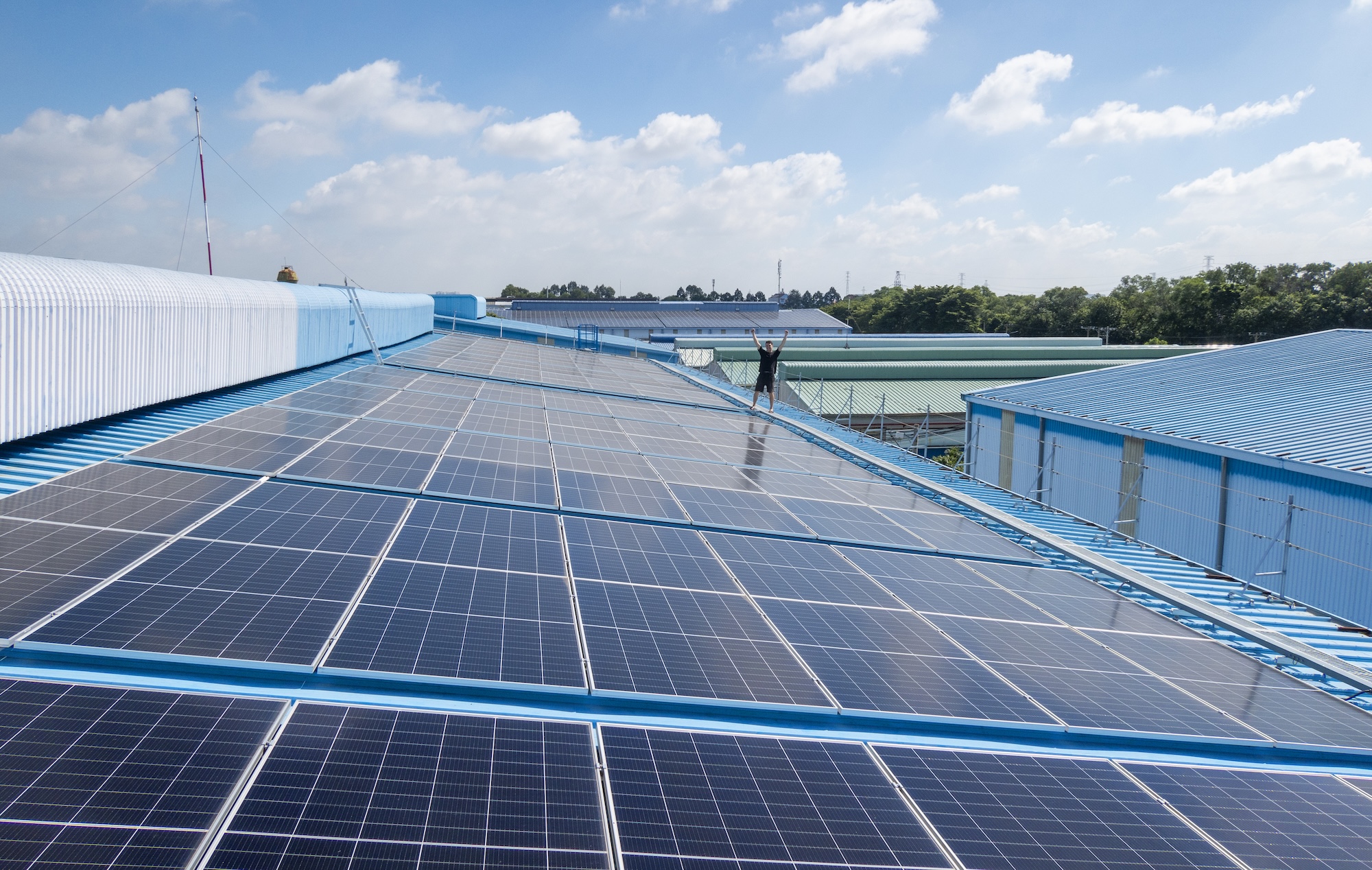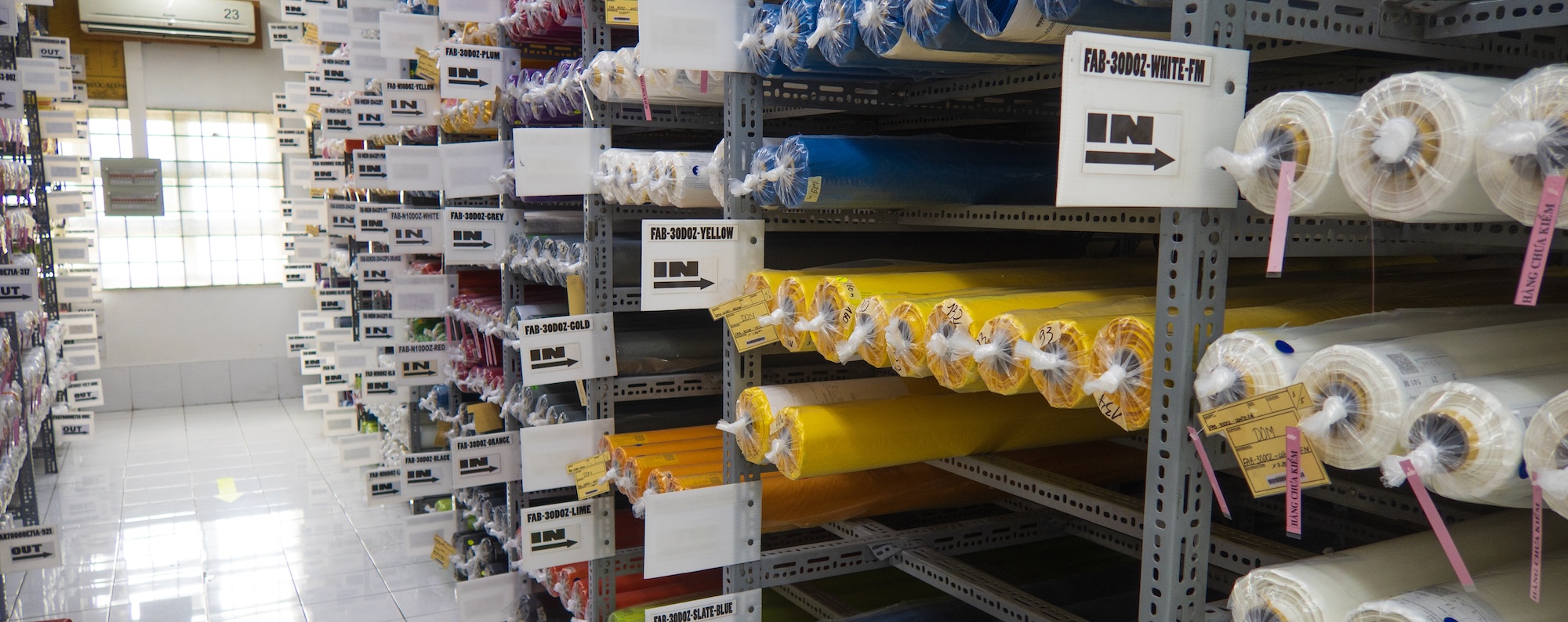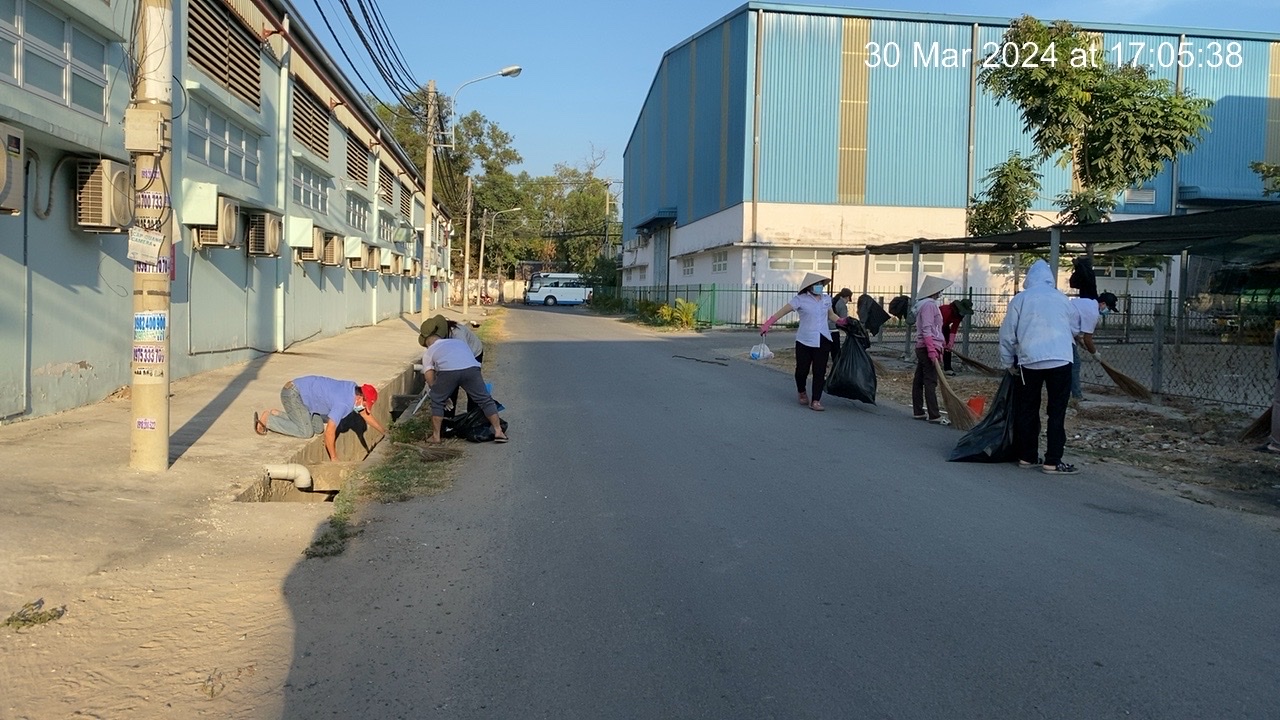About
The environmental impact of our equipment is so far reaching as to be almost incomprehensible. Consider the supply chain and origin of just our fabric: It begins as crude oil which needs to be extracted and is then shipped to be processed into nylon granules in an energy intensive process; then shipped to be spun into nylon yarn; then shipped to be dyed, woven, and coated to become nylon fabric; then shipped again to finally arrive with us – all of that before the actual manufacturing process begins. Multiply that by the hundreds of materials and components needed to make all that we need to fly and kite… it means that even understanding our impact is not a simple undertaking.
But, we’re trying. By auditing our supply chain, manufacturing, and admin activities we have started to gain an understanding of our total environmental impact and are taking steps to reduce energy and material consumption, move to more sustainable materials and invest in renewable energy. You can explore some of our existing activities below and we can’t wait to share the latest developments and improvements with you.
Ozone invests in renewable energy and strives to reduce waste. Our production is now equipped with solar panels, LED lights, clutchless sewing machines, and we have made great strides in waste reduction through more efficient means of nesting and cutting. While our solar system can provide for only a small portion of our energy needs, it does replace the carbon intensive energy coal, oil, and gas sources which dominate power production in SE Asia.

(The Ozone factory’s solar panel array helps power the facility and shades the roof, increasing AC efficiency)
Our products are increasingly using more sustainable materials. For example, several of the paraglider harnesses are now made using material with BlueSign & Oeko-Tex certification (20% by weight in the case of the Solos Lite, and 60% by volume in the case of the BV1). These fabrics make up a large part of the exterior surfaces of the harnesses. Our goal is to increase that proportion and we are constantly searching for more responsible materials to use in our products. The following products and development projects are benefiting from this work: Solos Lite, BV1, HALO, Forza 2, Ozo 2, and rucksack development. These products use BlueSign fabric, recycled buckles, reduced plastic parts, and feature increased durability and maintainability.

(Part of the Ozone fabric store)
We use sea shipment where possible. Air shipping is fast and convenient, but the carbon cost is heavy. Where it is feasible, we plan ahead and ship incoming raw materials and components by sea, transporting the materials at a fraction of the energy cost. We still ship finished products by air, and for the time being we don’t see a way around that – the alternatives are not obviously better, for example building and staffing distribution centres everywhere we have clients would impact our credentials in many ways, not least because we’d no longer be making to order, thereby introducing an element of wastage into the supply chain.
We try to travel a little less. Events, competitions and meetings are all part of the sports we love and the business, and can seem to demand our presence all over the globe. Our frugality in this department began long before Covid with much of our team working remotely since 2008. As a result we have a lot of practice “staying local” and we strive to reduce our miles driven and flown.
As a matter of course Ozone people all over the world try to do their bit to improve their immediate environments. On 30th March 2024, over 100 employees from the Ozone factories joined a clean up outside 9 factories and have been involved with tree planting too. Meanwhile in the UK, Europe, USA and New Zealand, Ozone people are planting trees, joining beach clean-ups and quietly trying to do the things that will help protect and restore the natural environments that we so enjoy exploring.

(Over 100 employees from the Ozone factories stayed after work to help clean the surrounding areas and plant up new vegetation.)
To find out more about our manufacturing processes, please take a look at this video showing how we make our products, the quality control involved and the steps we take to reduce waste.